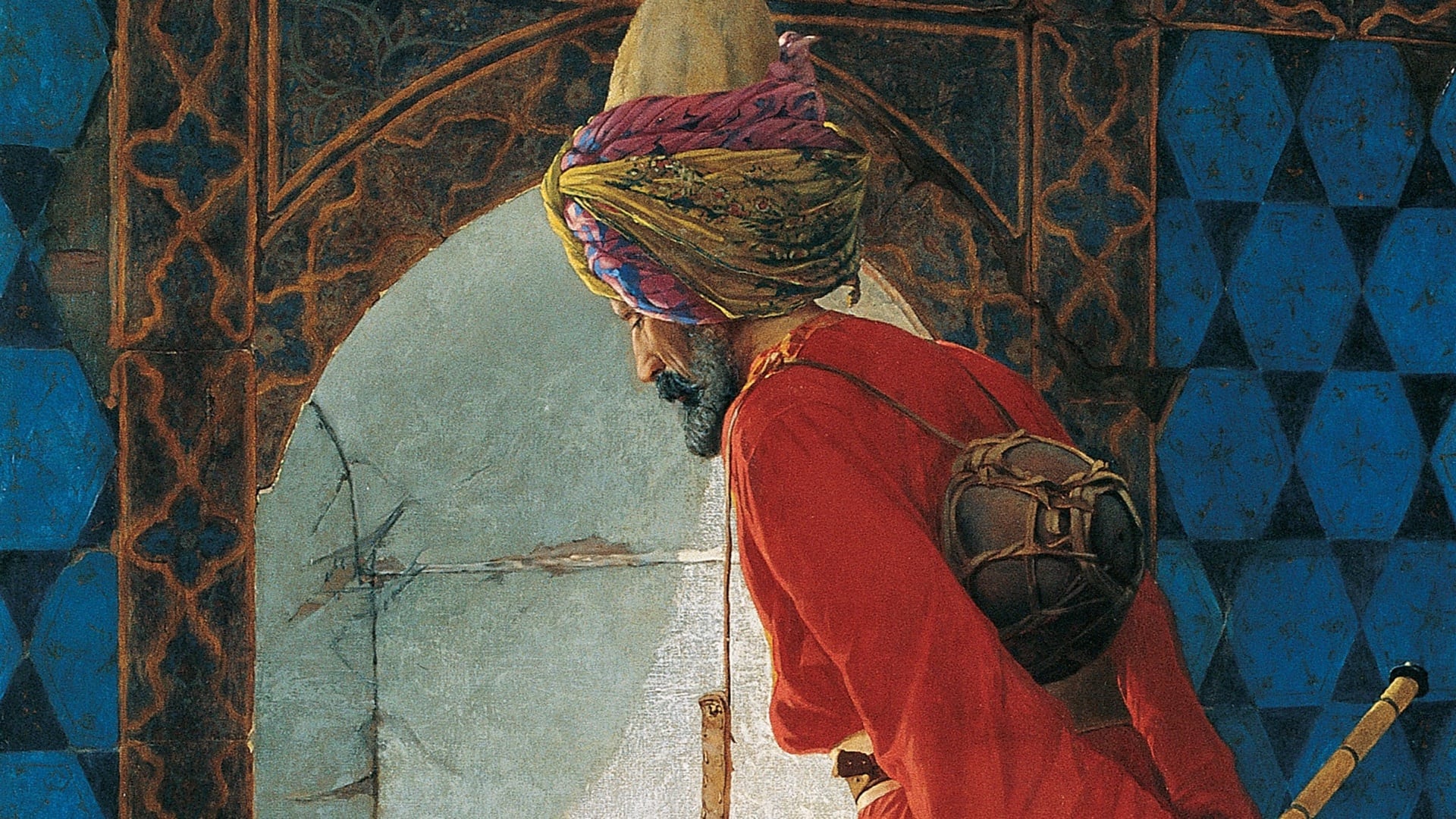Guided Tour
February 20, 2025 / 17:30
Pera Museum offers an opportunity to gain a deeper understanding of Osman Hamdi Bey as a painter and intellectual of the Tanzimat era in the free guided exhibition tour, organized as part of the exhibition titled Osman Hamdi Bey: The life and art of Osman Hamdi Bey through his works in the Suna and İnan Kıraç Foundation Collection.
Five works of the artist from the Suna and İnan Kıraç Foundation Orientalist Painting Collection illustrating various subject matters will be explained along with some biographical details and the cultural and historical context of the times. The significance and role of these works within the collection will also be highlighted.
The quota is full. Thanks for your interest.
Temporary Exhibition
An Ottoman intellectual raised by the Tanzimat Era… An exceptional personality, who made substantial, diversified and lifelong contributions to various fields of culture and arts such as painting, archaeology, museology, and art education...
Click for more information about the exhibition.

Tuesday - Saturday 10:00 - 19:00
Friday 10:00 - 22:00
Sunday 12:00 - 18:00
The museum is closed on Mondays.
On Wednesdays, the students can
visit the museum free of admission.
Full ticket: 300 TL
Discounted: 150 TL
Groups: 200 TL (minimum 10 people)